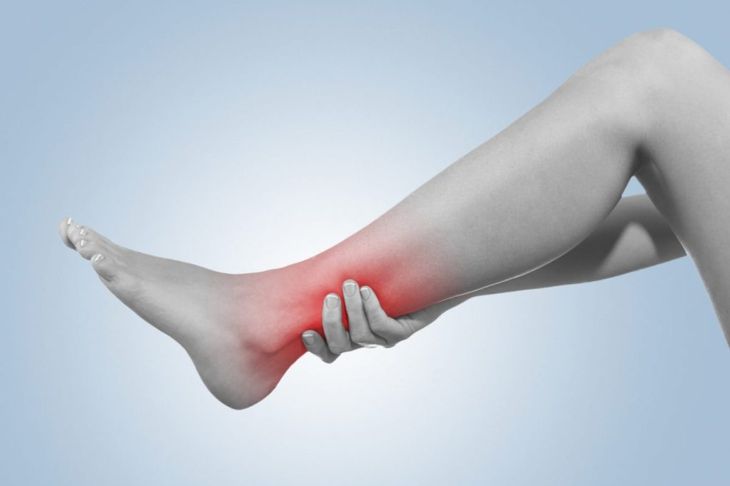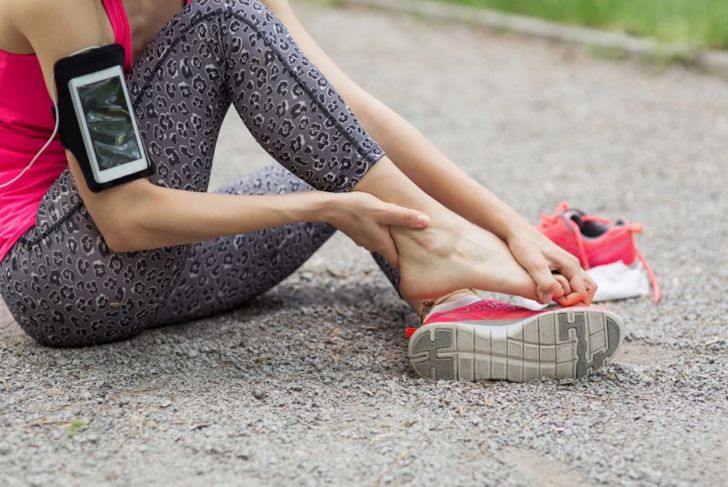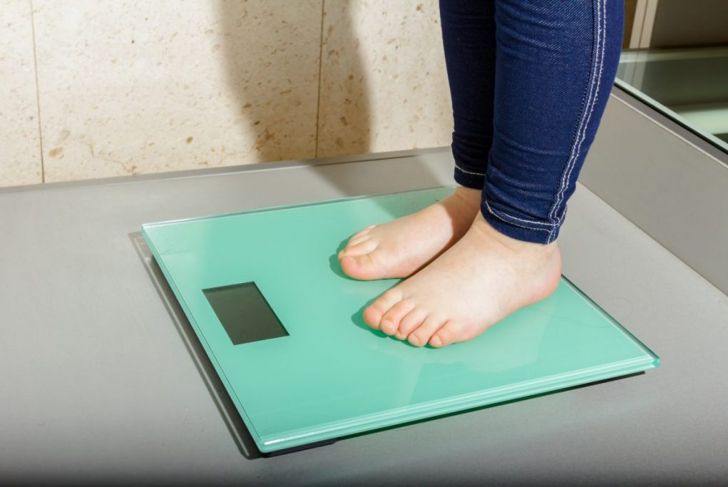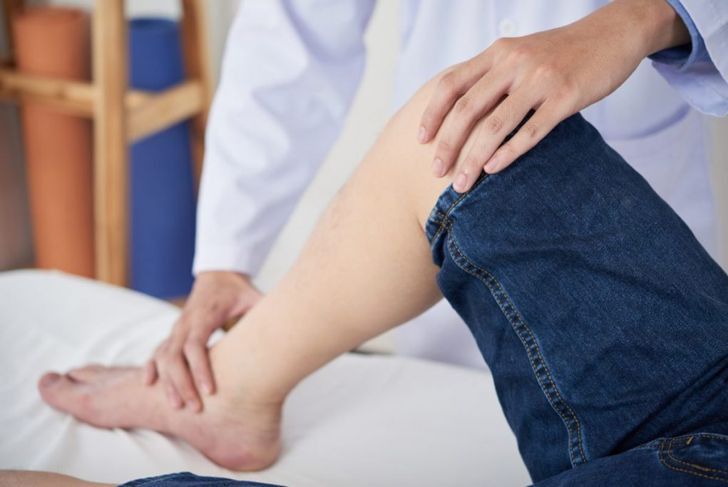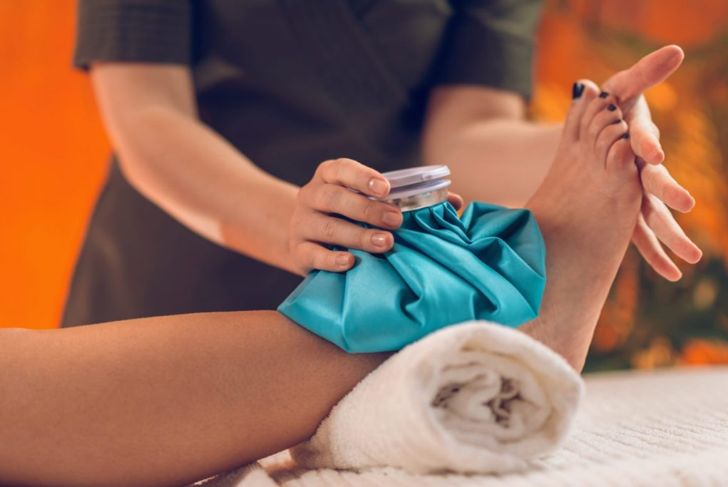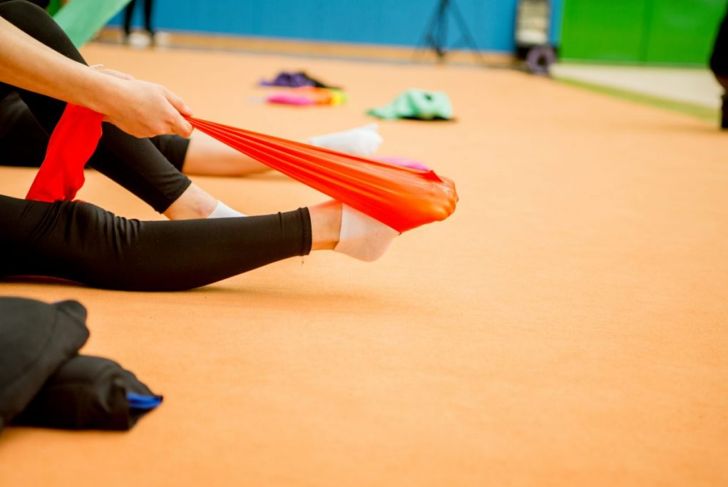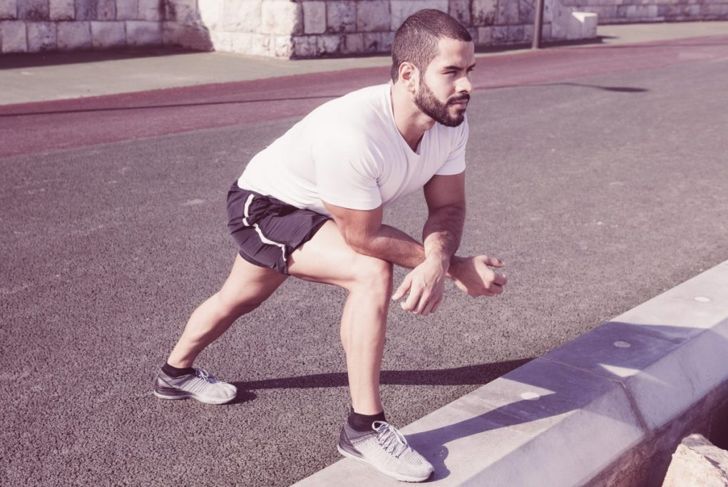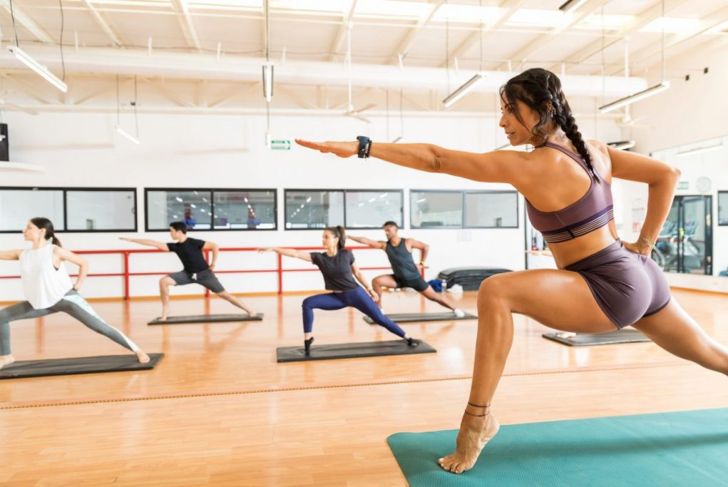The Achilles tendon in the back of the lower leg is the largest and strongest tendon in the body. It attaches the calf muscle to the heel bone. Anytime we walk, run, jump, dance or play sports, we use our Achilles tendons. Athletes like runners are prone to inflammation and degeneration of this tendon which occurs over time from use. However, anyone can develop Achilles tendinopathy. The following FAQs explore various risk factors, signs, symptoms and treatment options for this condition.
Is Achilles Tendinopathy the Same as Achilles Tendinitis?
Achilles tendinopathy and Achilles tendinitis are different conditions. Some people mistakenly use the terms interchangeably, but tendinitis stems from inflammation due to sports or other activity. Achilles tendinopathy is a degenerative condition that can affect anyone and is not related to acute inflammation. Instead, experts believe Achilles tendinopathy occurs over time as a response to a pre-existing injury.
What Exactly Causes Achilles Tendinopathy?
The exact cause of Achilles tendinopathy is not completely understood. However, use over time is believed to result in degeneration. Additionally, the condition may also develop due to a chronic failed healing response; the tendon is unable to handle the stress of use. Small injuries to the tendon fibers cause the tendon to try to heal itself repeatedly
Is Achilles Tendinopathy Common?
Achilles tendinopathy is not uncommon. It is a soft tissue injury that can affect both athletes and people with more sedentary lifestyles. However, it is more often an issue for people who take part in running-focused sports like soccer, tennis, volleyball, or long-distance running, and affects men and women of all ages.
What Factors Raise the Risk of Achilles Tendinopathy?
Many factors influence how much strain is placed on the Achilles tendon including:
- Age: Achilles tendinopathy is more common in people over 30.
- Body weight: People with above-average body weights are more likely to develop Achilles tendinopathy.
- Diabetes: If you have diabetes, you have a higher risk of developing tendinopathy.
- Gender: Achilles tendinopathy is more common in men.
- Poor muscle tone: Low endurance strength in the calf muscle can lead to more stress on the tendon.
What Are the Signs and Symptoms?
Five primary signs can indicate Achilles tendinopathy: pain that increases following exercise, tenderness in the area over the Achilles tendon, stiffness that usually eases as the day progresses, a tender lump above the tendon, and clicking from the tendon when moving the ankle.
How Can I Know for Sure if I Have Tendinopathy?
Sometimes, a doctor uses imaging like ultrasound to diagnose Achilles tendinopathy, though this is not always necessary. A doctor may be able to confirm a diagnosis through a physical exam. If he or she requires additional tests, these could include the aforementioned ultrasound, x-rays, or, in rare cases, an MRI.
How Do I Fix Achilles Tendinopathy?
You can begin to treat Achilles tendinopathy at home by applying ice for 20 minutes up to four times a day. Applying ice, especially after exercise, can help reduce the inflammation that contributes to muscle fatigue and tendon strain. Taking over-the-counter painkillers or anti-inflammatory medications can also reduce discomfort from symptoms of tendinopathy.
What Other Treatments Help Tendinopathy?
Various at-home exercises and calf stretches may ease the pain associated with Achilles tendinopathy. Always consult with a doctor before starting any exercise program. Physical therapy employing manual techniques can also help strengthen muscles and ease the strain on the tendon, providing symptom relief.
Can Exercise Cure Achilles Tendinopathy?
According to Oxford University Hospitals, adopting an “eccentric exercise program” can help strengthen muscles and reduce strain. Combined with regular care from a physiotherapist and primary care doctor, at-home exercise can help 70-90% of people with Achilles tendinopathy. Eccentric exercise is basically any exercise that focuses on causing the muscle to lengthen.
What Exercises Can I Do at Home?
It is normal for people with Achilles tendinopathy to experience pain when beginning a new exercise routine or increasing the intensity of exercise. Try this exercise at home: stand on both feet with your legs straight. Use your good leg to rise onto your tiptoes. Keeping both feet touching the floor, transfer your weight across to your bad leg and flatten your feet back to the ground. Repeat.

 Home
Home Health
Health Diet & Nutrition
Diet & Nutrition Living Well
Living Well More
More